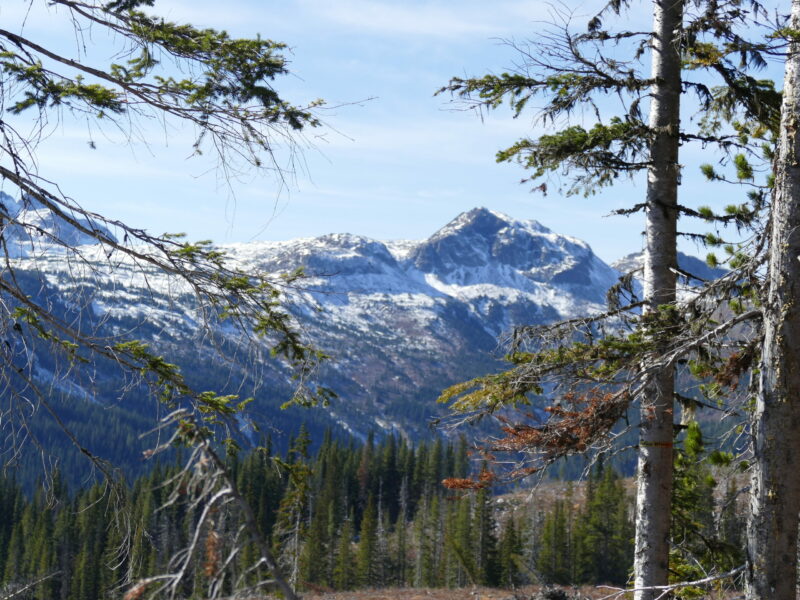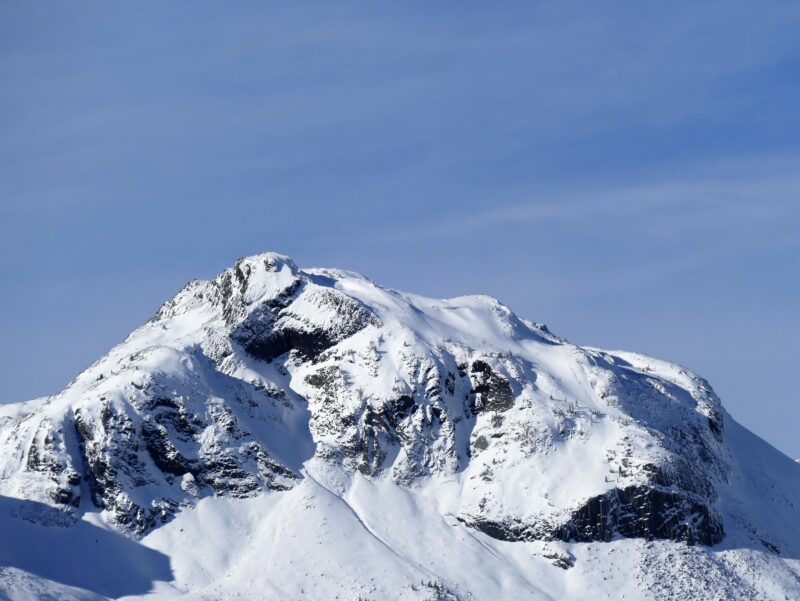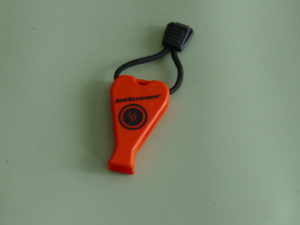What is a Survival Kit Essentials List-the one for you?
Survival Kit Essentials List-the one for you, is the best place to begin building your kit. These items belong in your kit and are the results of experience.
Before you begin building your Survival Kit Essentials List-the one for you, you must first ask yourself that important question. What is a survival kit? and, what should I include in my kit?
A survival kit is a list of essential items, keep together in a bag or pouch, that will make your emergency stay in the bush, safe and secure, if you get lost or injured. This kit should be with you at all times and be practical and useful for your situation. If it’s clumsy to carry and too heavy, you’re not going to want to bring it along.
A survival kit has always been a set of “tools and things”, that would be of benefit, in an emergency, or overnight stay in the wilderness.
The list that I mention below should be of the best quality that you can afford. You have many of these items at home already, so begin gathering them together there. As you gain experience, you can add or subtract from your
list, to increase its effectiveness, and lower its weight.
What is the Survival Kit Essentials List?
This is my List of Essentials for my Survival Kit.
- emergency shelter
- knife
- firestarter
- cooking pot/water bottle
- rope, duct tape, and wire
- headlamp
- compass
- small first aid kit
- small tools pouch
- signalling device
Can I Make My Own Survival Kit?
Of course, you can. As a matter of fact, the more time you spend in the wilderness, the more your survival kit will reflect your needs and wants.
Commercial Survival Kits are of 2 general models.
1. One type of kit is made to be as small, and as lightweight as possible. This is a good way of thinking, but many of these items are so small, that they are often of little use in the real world. I have never needed safety pins, in over fifty years of wilderness adventure, and I don’t want to risk my life with a $2.00 penknife, and a flashlight, the size of my thumb.
2. The 2nd type of survival kit, I see on the market, is the one made of the most expensive pieces of equipment available. This lends importance to the quality of the pieces, but it is not very practical for the ordinary citizen. I do not own a $600.00 flashlight, or a $500.00 knife, and yet, I have managed to cover thousands of miles in the mountains, over the years, and live to tell you about it.
If you own expensive tools and know how to use them, I am happy for you. No one should be deterred from building their own kit for lack of funds. We don’t all spend our time outdoors, in the same geographical systems.
I don’t spend my days and weekends in the jungle, or in a desert. It goes without saying, that I don’t carry a long machete that would scare Crocodile Dundee. In addition to that, as you mature, and become more familiar with what works and what doesn’t, you will modify the items that you carry, according to the best quality you can afford.
A lot of content on social media, and reality shows, that have no basis in reality, try to give you the impression that you need a $300.00 shovel, with all the bells and whistles, to make it back to your vehicle alive, and in one piece.
Nothing could be further from the truth. Your greatest asset is logical thinking and a calm and controlled mind.
Leave your feelings at home, where they are safe.
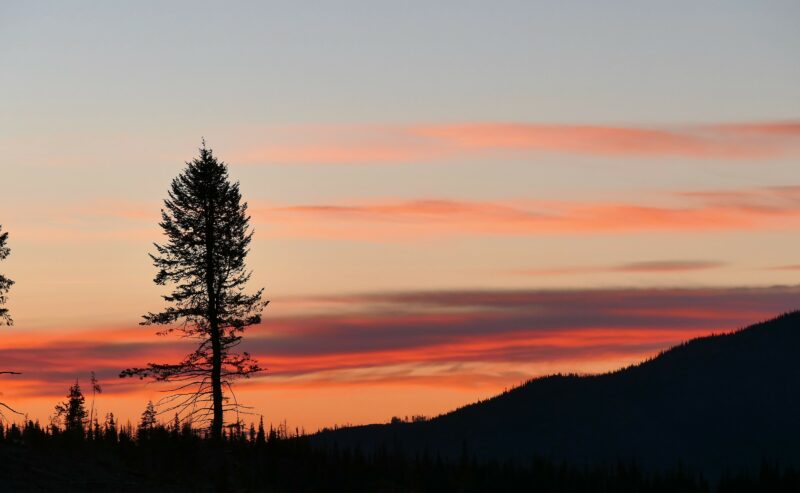
Why do you need my 10 items on your list?
I list 10 items for a reason. First of all, it’s an easy number to remember. We have 10 fingers and 10 toes, The metric system is based on 10. It is an easy way to remember the 10 essentials.
Why do these 10 items always show up on my list?
A closer look at the top 10
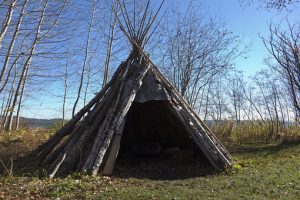
1. Emergency Shelter
“In a storm, there is no shelter like the wings of God”, … Thomas Brooks.
My stomping grounds have always been in the Canadian wilderness. When the days are bright and sunny, and nights are clear and cool, a night spent outdoors is a joy to behold. Days and nights such as these are fun and easy to handle, but when the weather gets bad, my first concern is always finding shelter from the storm. Whether you are lost, hurt, or too far out to make it back, a shelter gets the odds back in your favor, in short order.
A shelter is a protection from the storm. This storm can arrive in the form of cold, rain, wind, or snow. These 4 challengers can make your stay in the wilderness, uncomfortable at best, and deadly if you are unable to maintain proper core body temperature. That’s why I give shelter the respect it deserves.
2. Knife
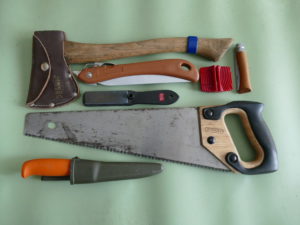
“Sometimes all you need is a positive attitude and a knife”, … unknown.
Next on my list of survival essentials is the knife. Knives help me build my shelter, prepare my food, build traps for harvesting food, assist in making weapons, and can also be used as a weapon. The list of things you can do with a knife is only limited by your imagination.
I always carry a quality folding saw in the warmer months, as a backup to my 2 knives. In the winter, I bring a bigger saw, with a more aggressive tooth pattern, and a well-maintained axe, to backup my saw. With these 3 tools I can build just about anything, and they make sure that my fire keeps me warm, and that stomach stays full.
Dull cutting tools are not only useless, but they are also dangerous to wield.
Whetstones and files are a must, so learn how to use them, and bring them along.
The axe is the most dangerous tool in this kit, so unless you’re experienced in its use, leave it home.
3. Firestarter
“Don’t lose your fire”
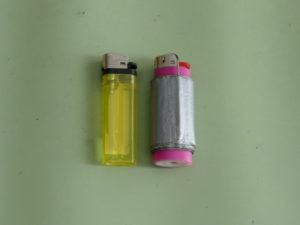
Once you are sheltered, controlled fire is your next concern. Fire will bring comfort and a psychological boost to the picture, not to forget light, and the ability to boil water, and cook your food.
Firestarters are the tools that get that fire lit. They include matches, lighters, and Ferro-rods. These are the 3 easiest and least expensive examples to own and carry in your kit.
Fire-plows and bow-drills are best left for the reality shows and the moving pictures.
Learn how to find tinder, or purchase commercial firestarters until you can find your own in Nature. Commercial fire-starters are inexpensive, and they work their magic well, and quickly. They are lightweight and easy to carry.
A definite plus for your kit.
4. Cooking Pot / Water Bottle

“Pure water is the world’s first and foremost medicine”, … Slovakian Proverb.
A plastic water bottle is great until you need to boil water.
A stainless steel water bottle can be used to boil water, but it’s not a cooking pot.
To fulfill this qualification, I bring an Army-style canteen nestled in its stainless steel cup, or a 1-liter Nalgene “clear” water bottle, nestled in my SnowPeak, titanium cooking pot.
I trust my life on both of these models, but I prefer the clear, Nalgene bottle because it’s easier to clean, see the inside, and it also has a wider lid, that accommodates my pump-style, water filter.
5. Rope, Duct Tape, and Wire
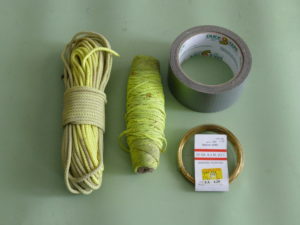
“When you reach the end of your rope, tie a knot in it, and hang on”
Rope for my shelter, wire for snares and repairs, and Duct Tape. Is there anything that Duct Tape can’t fix? Duct Tape is lightweight, inexpensive, has 1001 uses, and can even repair a broken heart.
Its use and importance are only limited by your imagination.
6. Headlamp
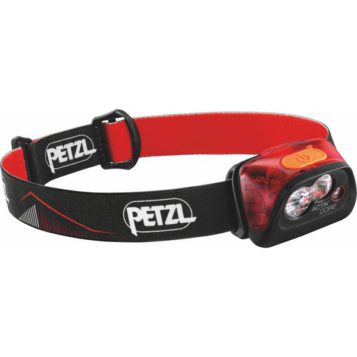
“Let light shine out of darkness”, … 2 Corinthians 4:6
When the sun slips behind the mountain tops, it gets very dark, very quickly.
If you have no shelter, no fire, and no headlamp, you will have to be one tough MF to make it through the night.
Modern headlamps turn night into the day. You get what you pay for. Cheap headlamps work most of the time, but quality headlamps are a much safer bet. Quality headlamps are often rechargeable and come with an extra battery pack or similar system.
Make sure your rechargeables are charged and don’t forget the extra batteries. When possible remove them from the lamp. Some headlamps have locks that prevent them from accidentally turning on in your backpack, and burning out before you get to use them. Read the instructions, and don’t get left in the dark.
7. Compass

“Go confidently in the direction of your dreams, live the life you’ve imagined”, … Henry David Thoreau.
If you have planned an overnight stay, all should go well.
If you are not injured and have been forced to spend the night, you’re either late or lost. You have no map and compass, and little, or no sense of time, space, and distance.
A quality orienteering compass belongs in every survival kit. You must learn how to use it. A topographic map of the area you are travelling in will give you the declination in that area. Your compass points to Magnetic North, and True North is about 22 degrees to the East, on some of the topo maps I use.
This has to be factored in when using your map. Learn these terms and what they mean. In the meantime, stay on the trails.
8. Small First Aid Kit
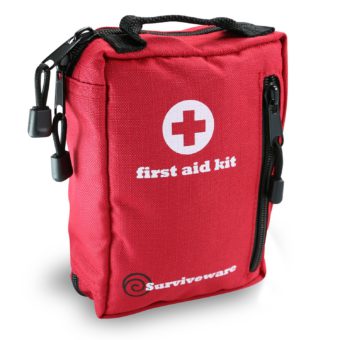
“First Aid Kit? … You mean Whiskey and Duct Tape?”
Not quite! … I mean a small First Aid Kit, containing bandages, moleskin, pads, wrapping, for cuts, bruises, and twisted ankles. Don’t bring the hospital with you.
Take a First Aid course. It is time well spent, and easy to carry.
9. Small Tool Pouch
“He who would travel happily must travel light” … Antoine de Saint-Exupéry.
This is the “goody bag” that contains your extra batteries, a whistle, sewing needle and thread, and contact lens solution. It is a means of containing all the little things that you need.
Keep it small and light. Remember, … YOU are carrying it.
10. A Signalling Device
“When I follow my heart, it leads me to you”.
Getting lost, or not returning home on time, means people will be looking for you.
You have told someone where you were going, right?! … Great, now we know where to go looking!
Don’t be too selfish, and think about your family and friends for a moment. We all know you’re a mountain man, and that you can fight bears and wolves with a stick, and even with your bare hands if necessary, but for now, your sorry ass is lost on the mountain, or in the bush, and we have to leave our warm beds to come looking for you. You may be doing just fine, and that great, as long as your wife and kids know this as well.
Some areas have cellphone service, but most don’t. InReach, Spot, and Satellite phones keep the folks back home satisfied that you are safe and sound. Govern yourself accordingly.
Your Comments and Questions
I love reading your comments, questions, and suggestions. You can Contact Me at this link. The products that I link to are the ones that I use and trust. They work for me, and I’m sure that they’ll do the same for you.
